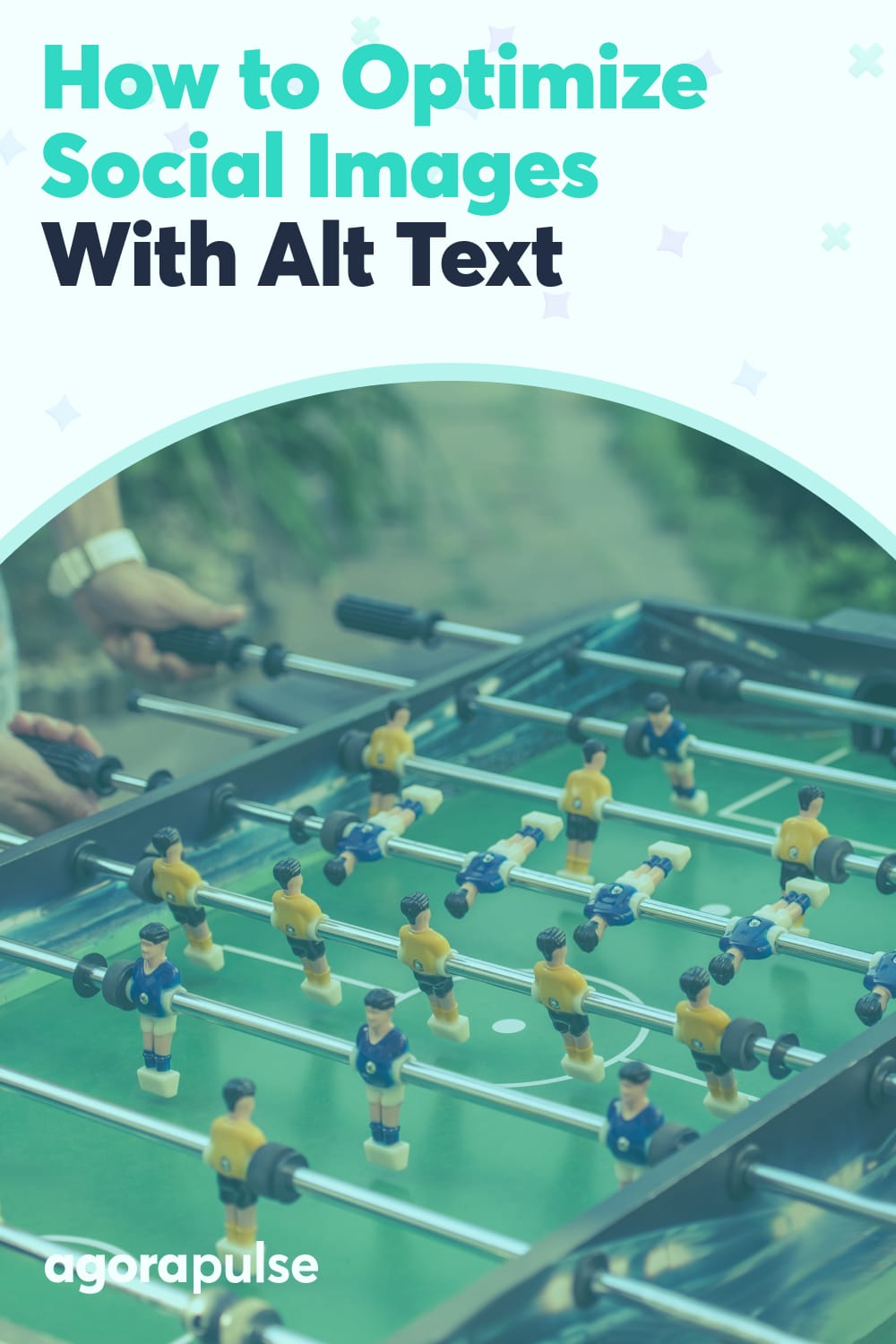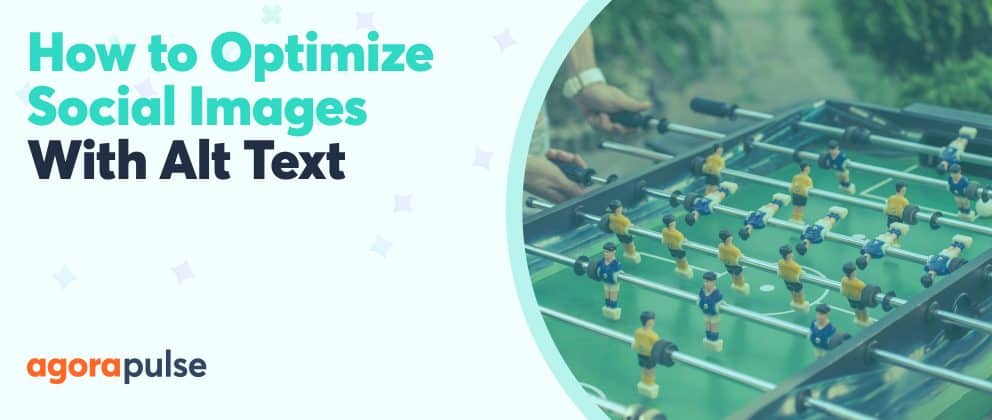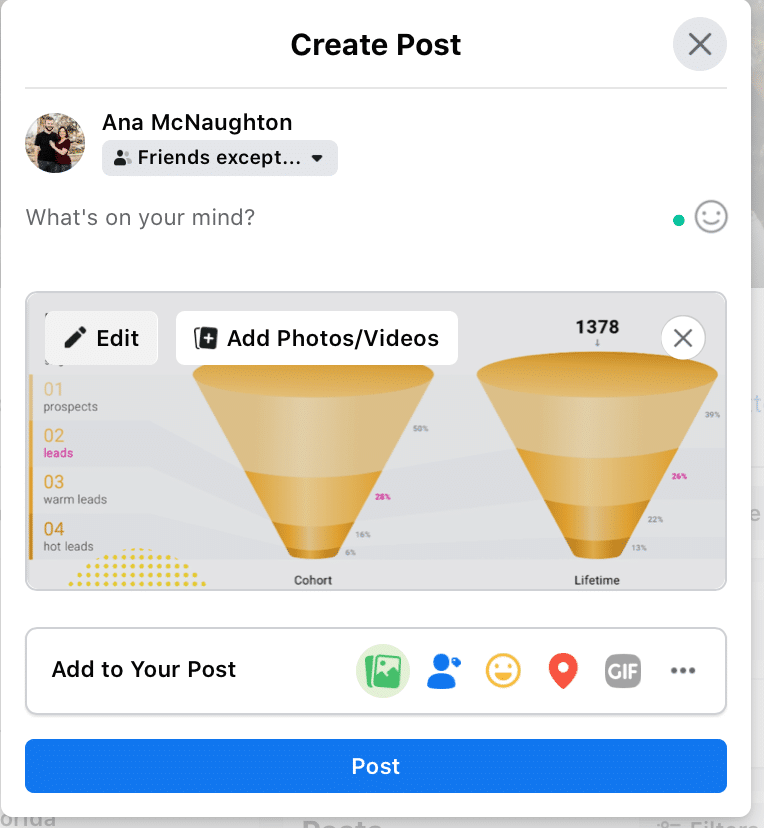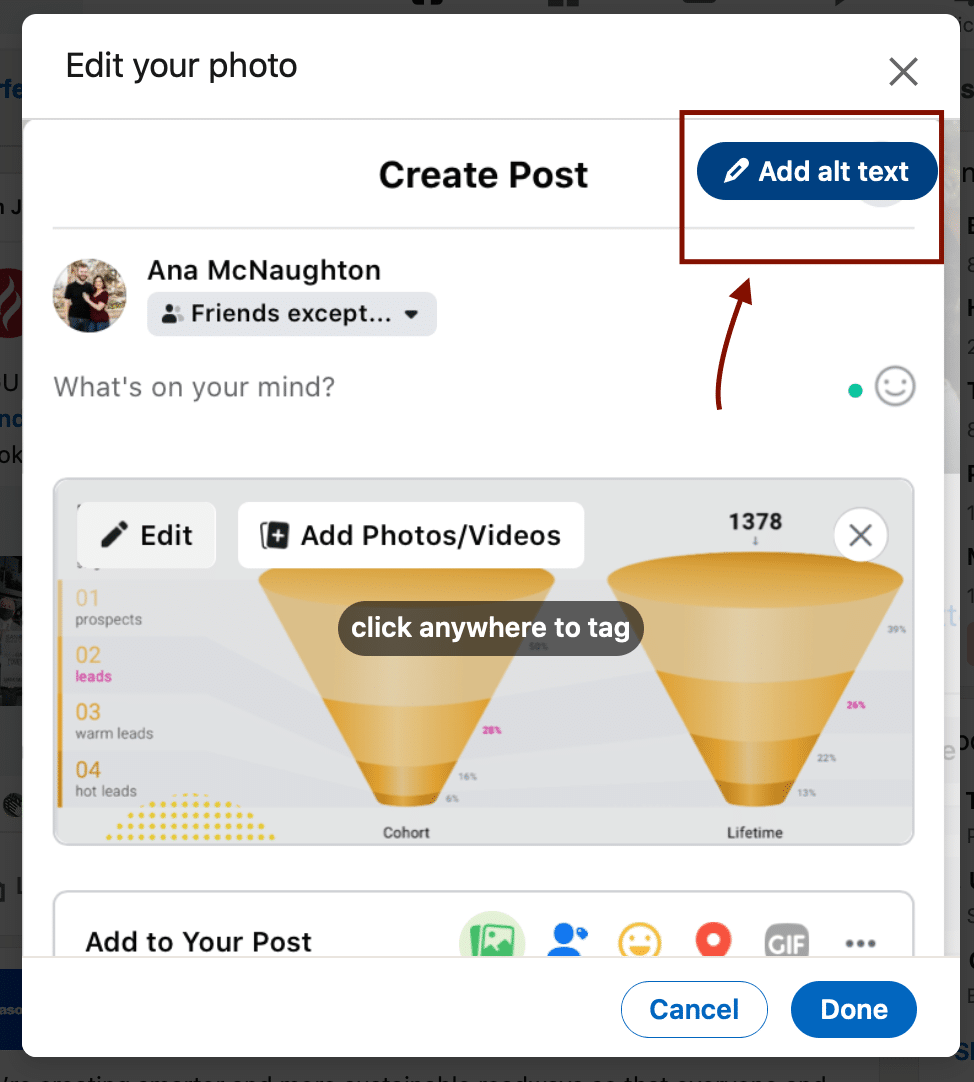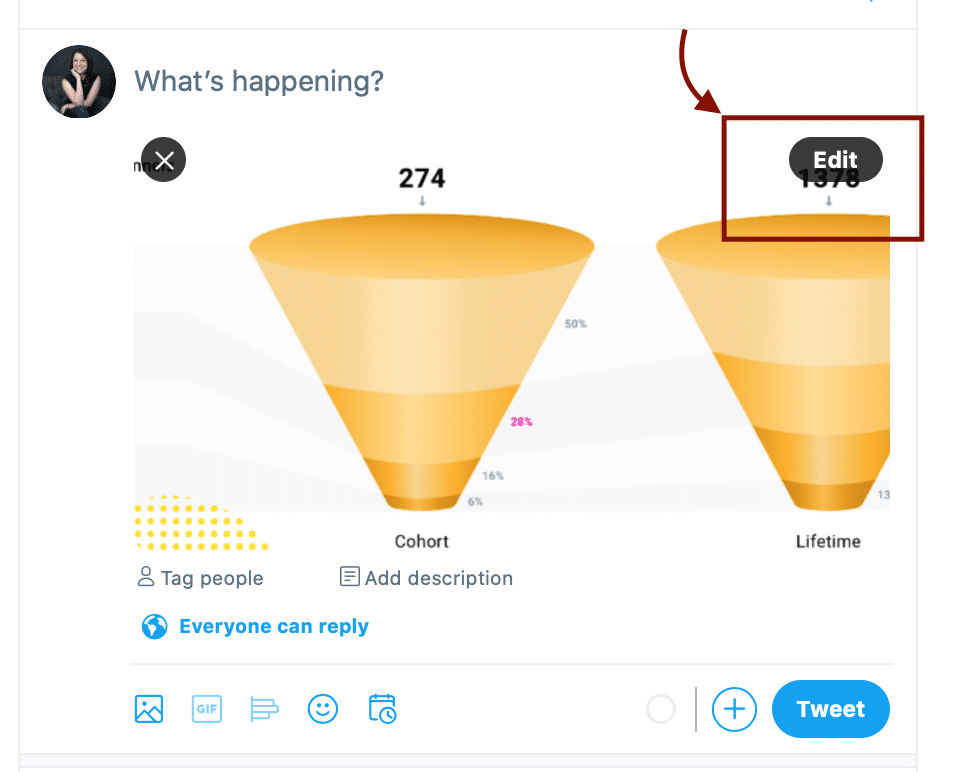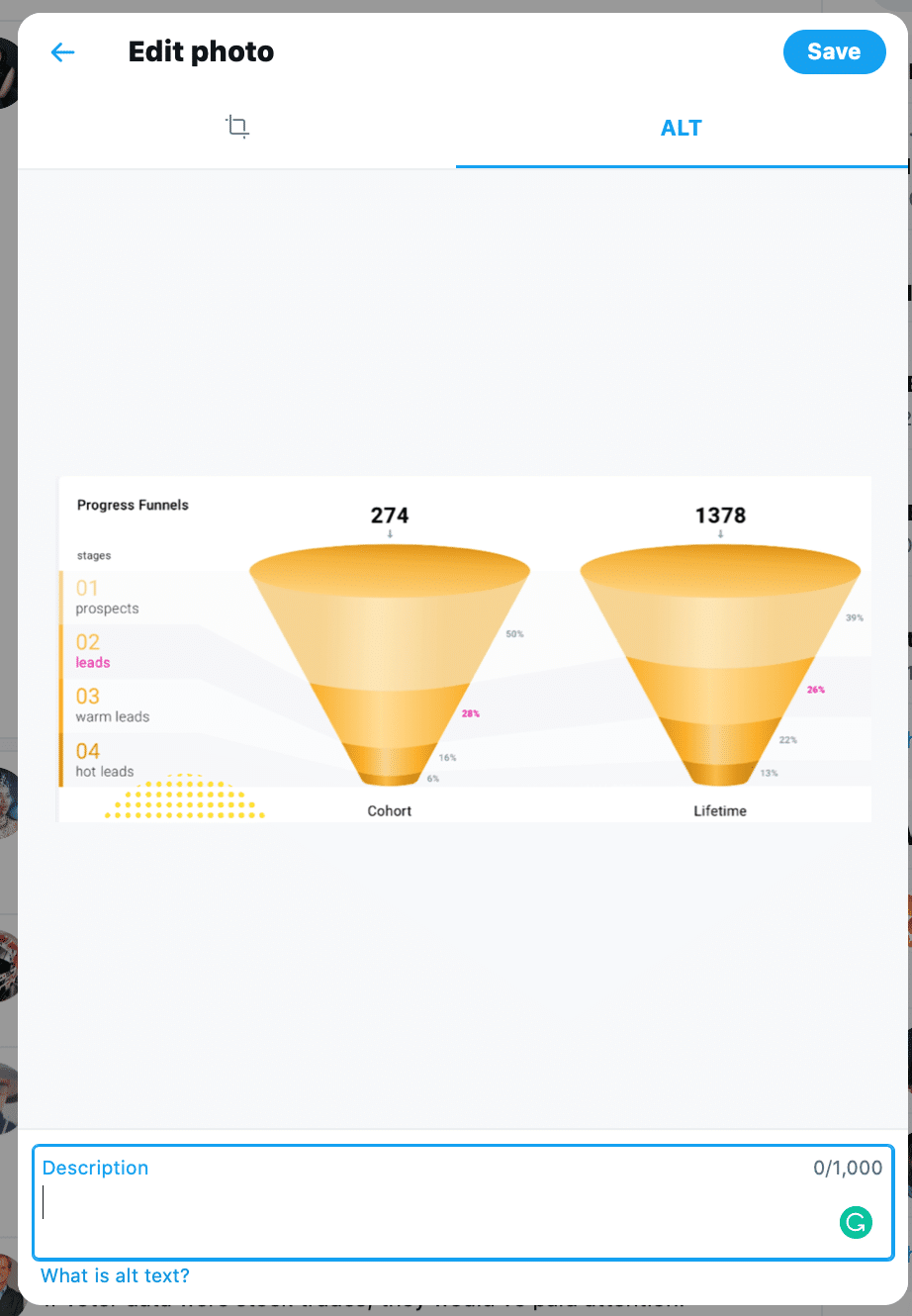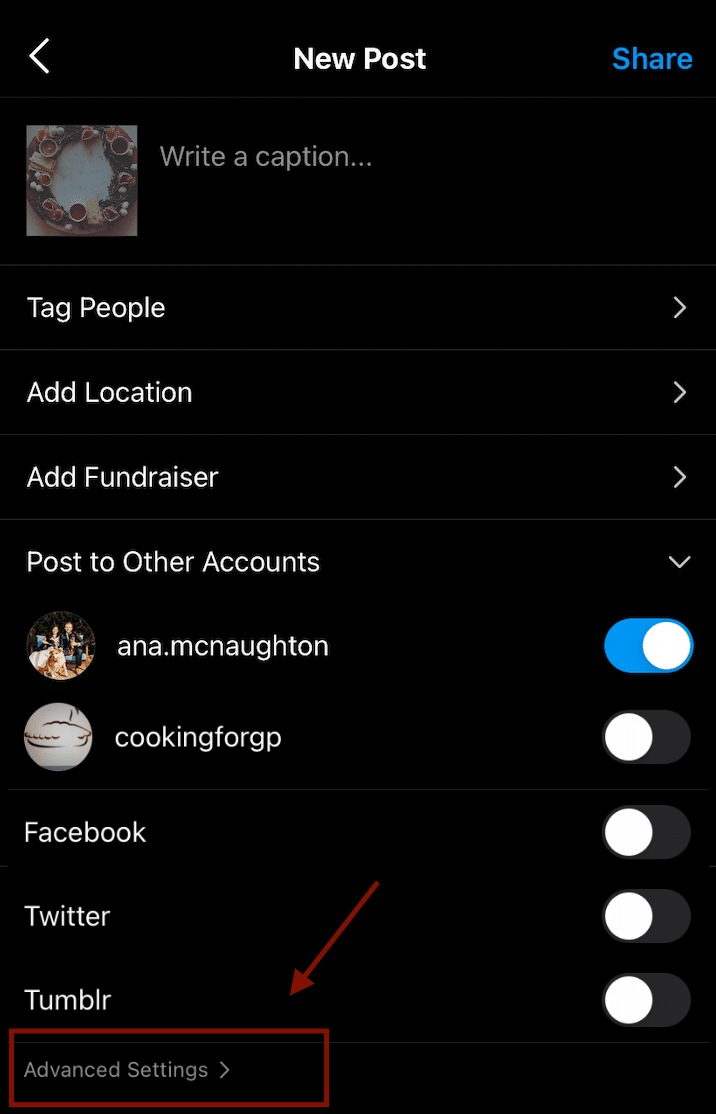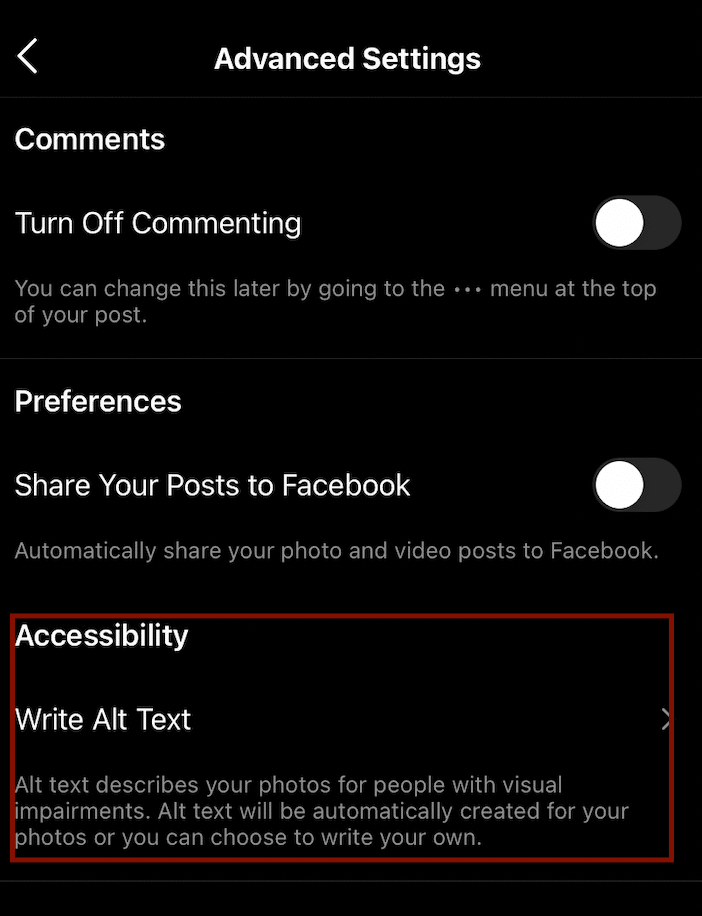hbspt.forms.create({
region: “na1”,
portalId: “8477337”,
formId: “32f0dc74-0d5e-4438-9acc-0b0f1dbbc6e3”,
version: “V2_PRERELEASE”
});
Grow your understanding of alt text … and grow your traffic. Here’s a look at the oft-ignored alt text and how you can use it to boost search visibility.
Have you ever conducted a Google image search and wondered exactly how Google knows what images are what?
Google is a computer, and while a seeing person can look at a picture of an orange and know exactly what it is, computers don’t (yet) have that capability. Even the ability to detect an orange round thing isn’t that useful; it could be a pumpkin, or an orange plate, or even a picture of a sun.
So how does Google know that a picture of an orange is an orange—and not a pumpkin?
It typically is going to come down to context and alt-text of the surrounding content. Google can’t look at a picture and know what it is, but it can interpret text.
That is where alt text comes into play. And it’s not just for websites anymore. Social media profiles can use it, too.
In this post, we’re going to over everything social media managers need to know about alt text, including what it is, why it’s important, and how to use it.
What Is Alt Text?
Alt text (which is short for “alternative text” and may also be called “alt tags” or “alt descriptions) is a word or phrase that can describe what an image shows.
It has three jobs:
- The description will be listed in plain text if the image fails to load for some reason.
- They can be read by screen readers, which are used by the blind, to add context and explain what the image is.
- They can tell search engines and platforms (like Google or Facebook) what the image is, so that it can be pulled up for relevant searches.
Why Does It Matter?
Using alt text is crucial for two main reasons: accessibility and increased search visibility.
It allows blind or low-sight individuals to more fully participate and use websites and platforms (both on desktop and mobile apps), which should be enough of a reason on its own. It’s the same reason why you want to add closed captions to videos, allowing deaf users to get the needed context.
The added search visibility and fail-safe for technical difficulties, of course, are also significant.
People can’t engage with your content if they can’t find it.
Can You Add It to Social Media Images?
If you own a website or have ever written a blog, you’re likely familiar with alt text already. Most content management systems allow you to enter it in for each image quickly when you upload an image or add it to your page.
Now, though, you can add it to some social media platforms, too. Facebook, LinkedIn, Twitter, and Instagram all currently have native alt text features.
How to Add Alt Text to Social Media Images In-Platform
Each of the above platforms gives you the option to add alt text natively when you upload a photo.
Let’s take a quick look at each.
On Facebook, you can click “edit” when uploading a photo.
This brings you to a screen that allows you to tag, rotate, and crop images… and add alt text.
On LinkedIn, they have a direct “Add Alt Text” prompt when uploading images.
On Twitter, it’s the same format that you’re already familiar with by now! Click on edit in the top right-hand corner of the image when uploading.
You’ll see two tabs that allow you to crop an image or add alt text. Make sure you hit “save” before you hit the back button.
Instagram is a little different. You can add alt text here, but to do so, you’ll go to “Advanced Settings” on the final screen before posting.
Scroll down to “Accessibility,” where you can write alt text.
The Faster Way to Add Alt Text
If the thought of needing to manually enter it for a single image across four different platforms makes you cringe, we get it.
Social media managers are busy. We can understand that accessibility is so important and still kind of dread the thought of how much time this can add to our workday. Especially if you’re doing client work, which doesn’t always allow you to check out for the day when the clock strikes five.
We’ve got good news, though: Agorapulse has an alt text feature. You can now add it to Facebook, LinkedIn (single image only), and Twitter images when you’re plugging them into our scheduling and publishing tool.
See how it works here:
Now, instead of needing to go into each platform to upload the image and text, you can do it from a single dashboard while scheduling your post for publication.

Agorapulse scheduling dashboard with alt text feature
How to Write Alt-Image Text
You now know how to add it to social media images, and you even have multiple methods of doing so.
But what do you actually say?
Alt text should describe an image. While this can range highly in specificity depending on the person, you really want to highlight the important parts of an image.
Let’s look at this colorful image from Unsplash:
There’s a lot going on in this image. They’re at a beach, you can see the sand, a toddler beach chair, a toddler crying in front of a birthday cake, and a kid in the background.
You can write: Blonde toddler in bathsuit and dinosaur birthday hat cries as someone carries a small white cake on a white plate towards him on the beach while another child in the background watches.
This can be clunky, though, and it’s ultimately unnecessary.
What are the important points here that help you convey what’s happening in the picture?
This tells the essential elements of the story: Toddler in a birthday hat cries as a small cake is brought to him on the beach.
The other details are unnecessary.
Here’s another, which is less story-driven:
You don’t need to describe every single object in detail, especially if it’s meant to only be added to a post like “What’s your holiday style?”
Writing Modern, minimal home decor for the holidays may be perfectly fine. Home decor for the holidays is self-explanatory … and it also helps you hit a potential keyword increased search visibility.
You only need to convey what’s important to add context, so Google and screen readers can understand what’s in the picture and what purpose it serves.
Final Thoughts
Website owners have long known the importance of alt text for images. That is particularly true since plaintiffs can sue them for ADA violations if their site isn’t fully accessible (and alt text is an important part of accessibility).
Now, social media managers are able to take extra steps to increase on-platform accessibility for their clients and boosting potential search visibility.
Take the extra time to upload alt text for each image that you upload for all of the reasons we’ve discussed above. And even if it only makes your content more accessible for one or two users, that’s still worth it, especially since Agorapulse’s publishing features make alt image creation much more efficient.
Get started on saving time and energy on your own social media management! Check out our free trial of Agorapulse to help you schedule, track, and measure all your social media efforts.
